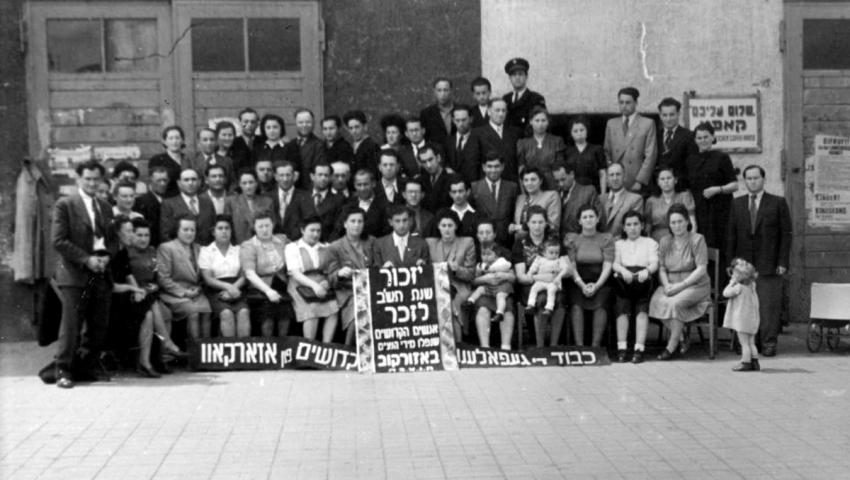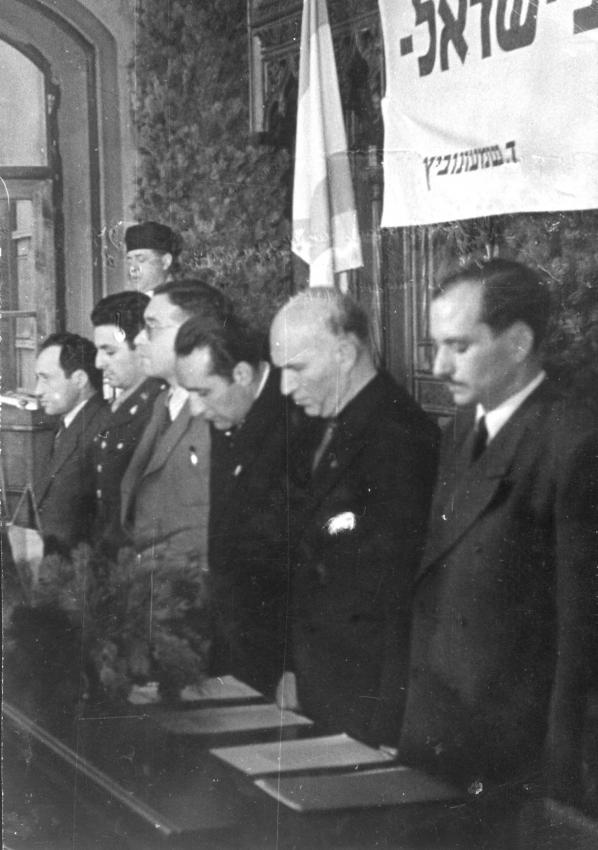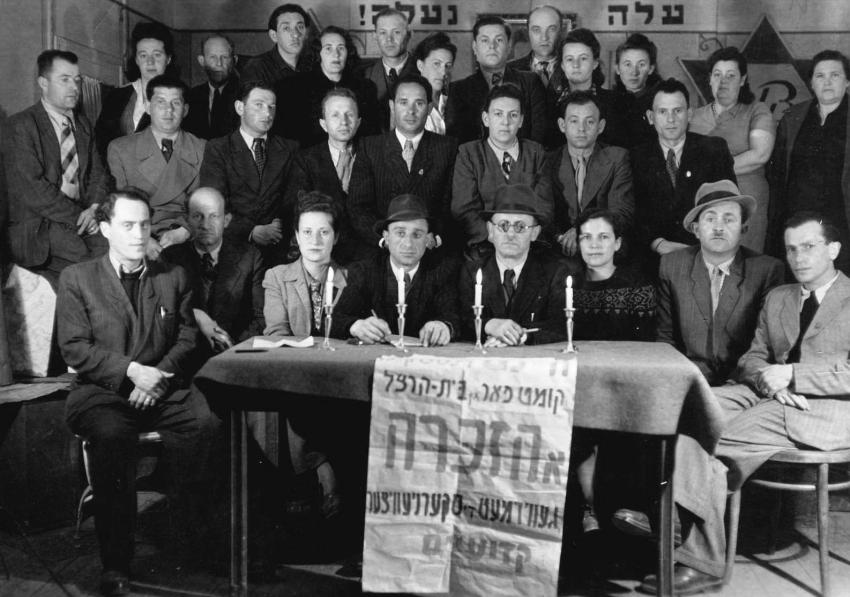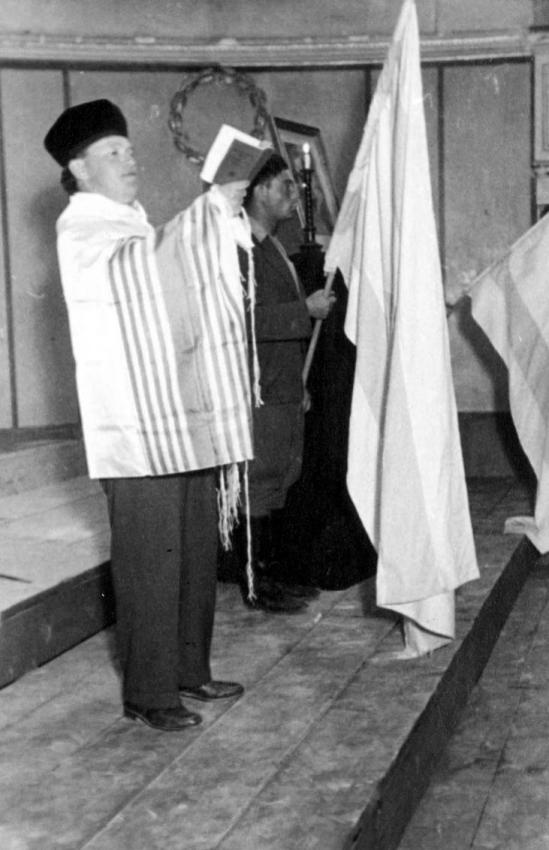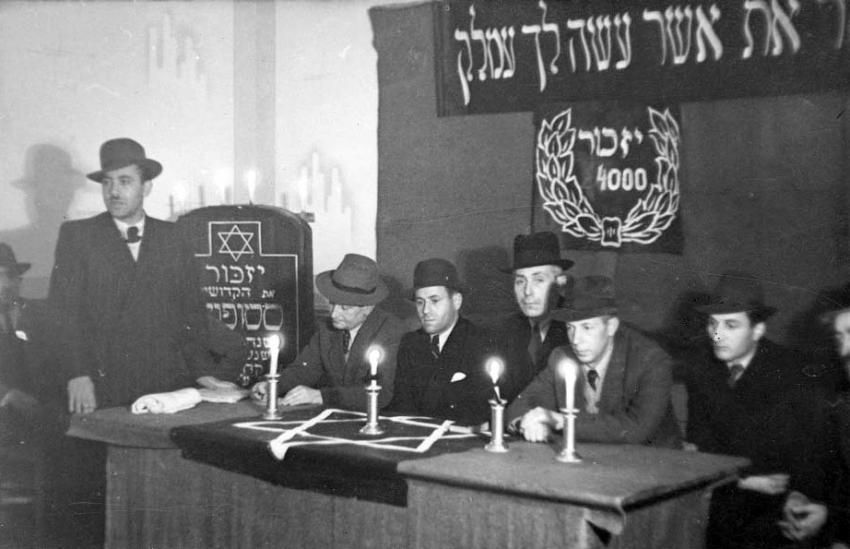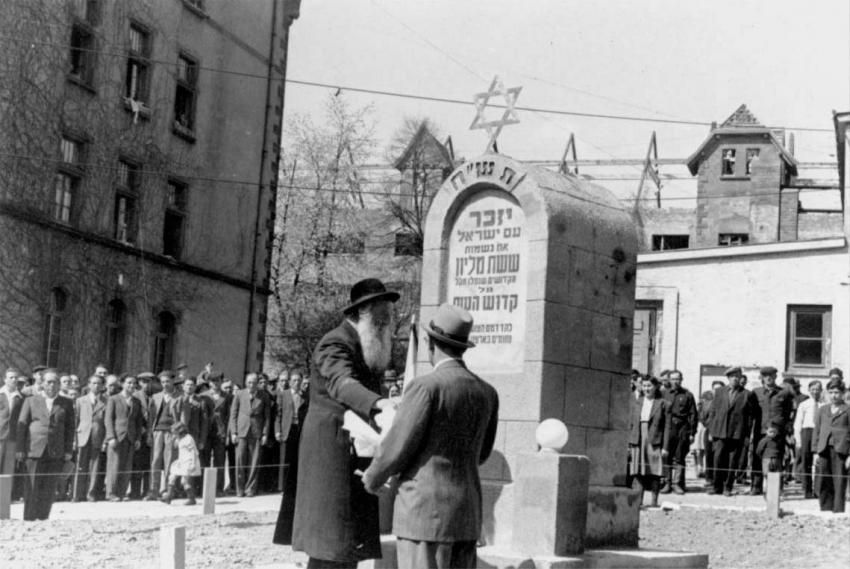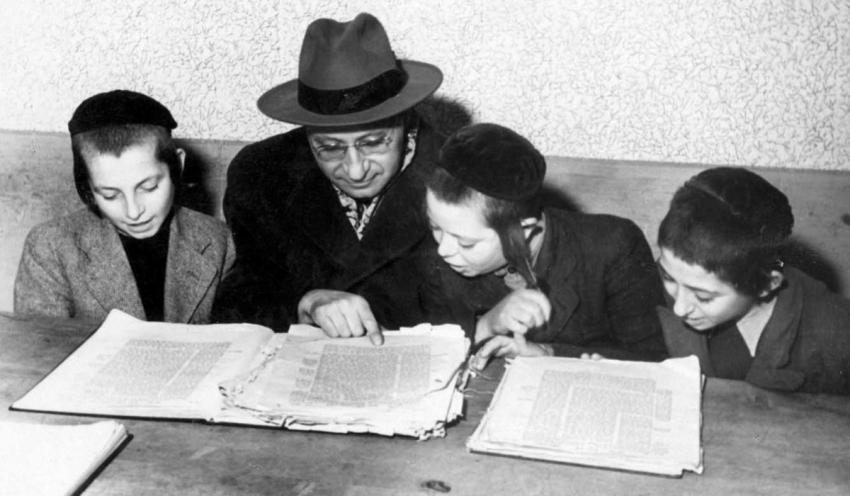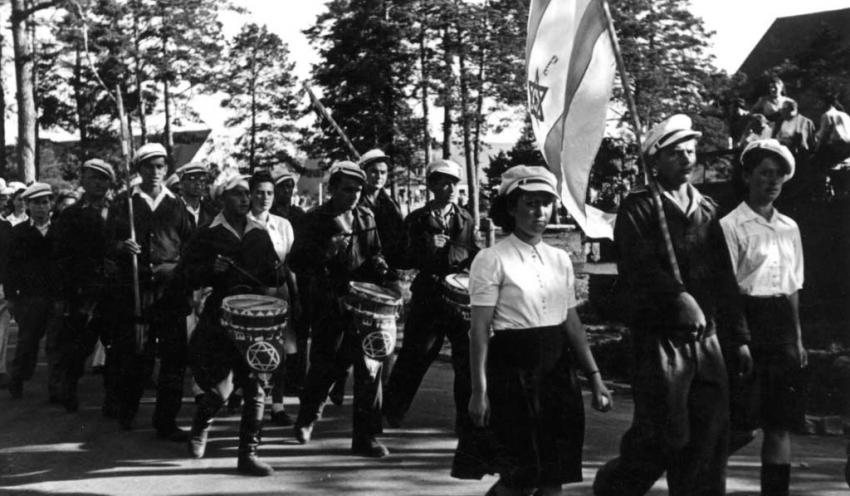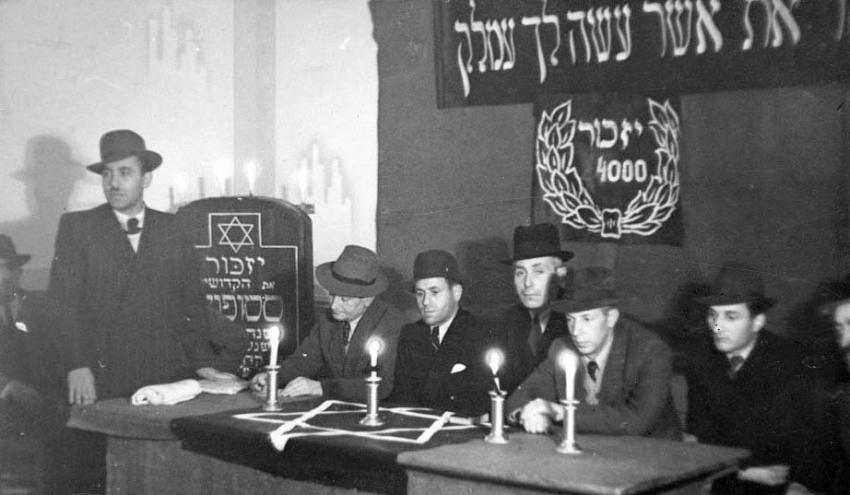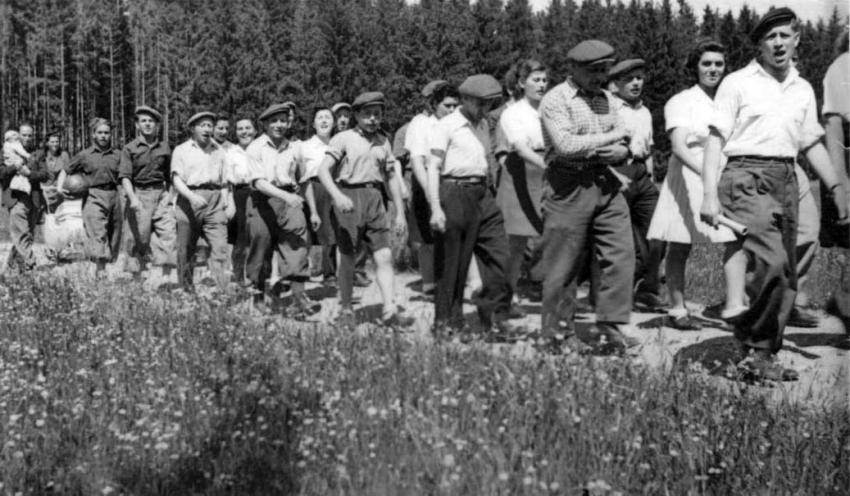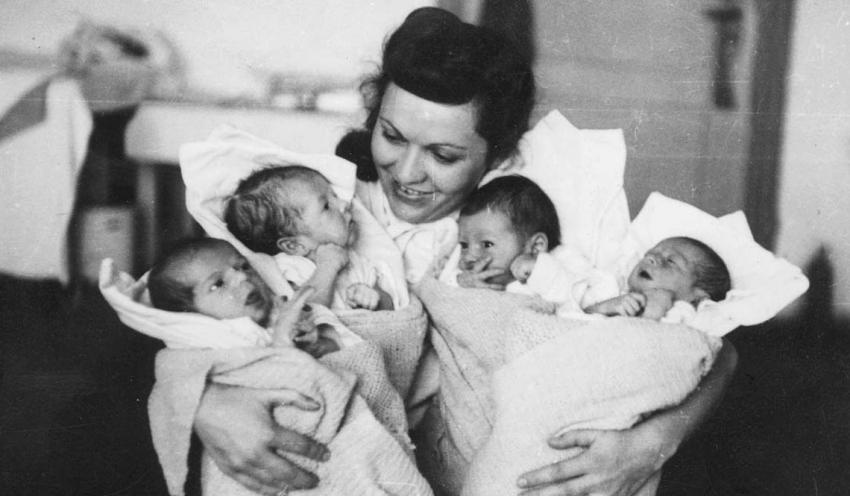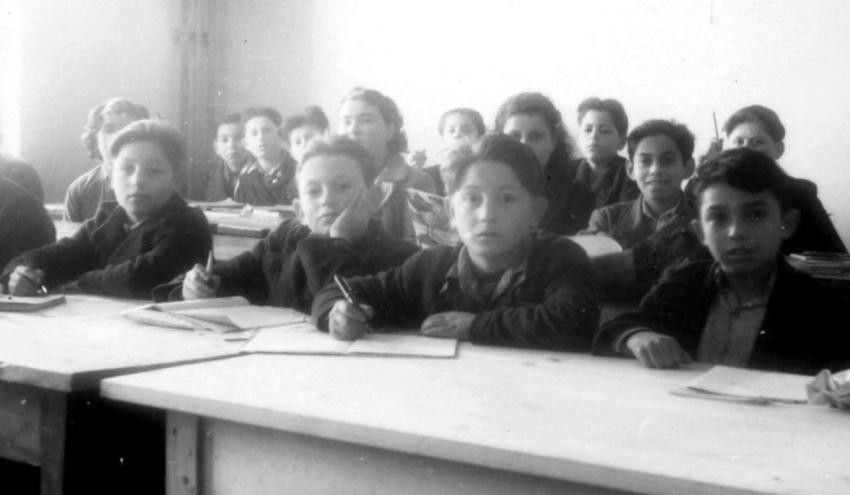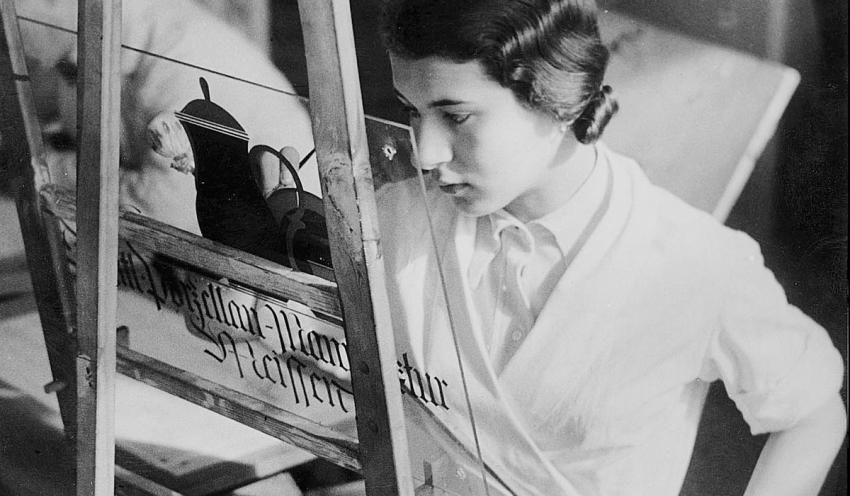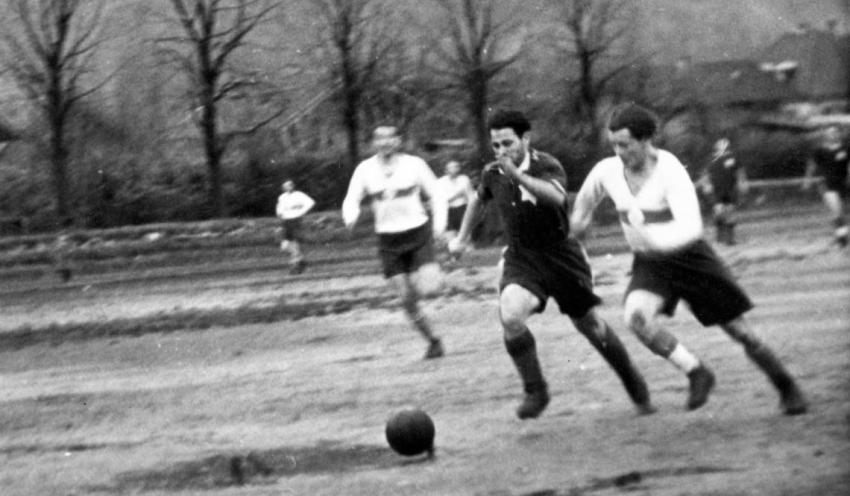Remembrance and Commemoration
After liberation many Holocaust survivors felt the need to preserve their experiences and to keep the memory of their destroyed communities alive. The horrors of the Shoah were documented by survivors and published in the newspapers of the DP camps, and they also wrote the stories of their communities in the form of “Yizkor” (memorial) books. At the same time, there was a need to commemorate the murdered by erecting tombstones near mass graves and memorial stones for the victims who had no grave. Holocaust commemoration ranged from traditional Jewish memorial rites to the development of new and different forms of commemoration.

